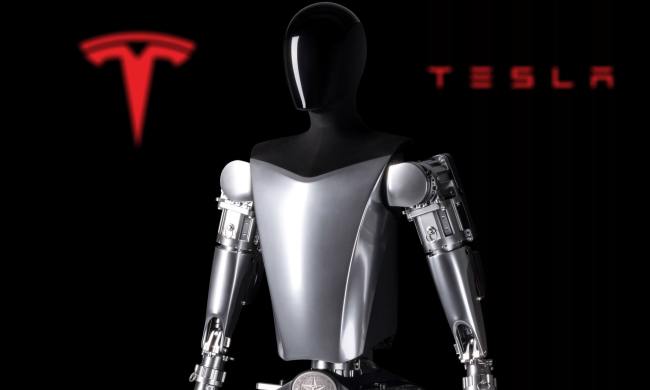That’s what a charity in the U.K. aimed to achieve this week, when it used virtual reality to grant a terminally ill cancer patient what could, quite literally, be the wish of a lifetime.
“He may not be able to get there physically, but he could experience it virtually from his bed.”
37-year-old Matthew Hill was admitted to St. Luke’s Hospice specialist unit in Plymouth with late-stage bowel cancer. Although he and his family had managed it for a while, his condition had worsened to the point where it was now impossible for him to be cared for at home.
As an avid diver, Hill had always wanted to swim in the Great Barrier Reef, the world’s largest coral system. Unfortunately, his advanced bowel cancer meant that there was no way that this would be feasible. Never mind getting on a plane and flying across the world; the spinal compression that was a result of Hill’s illness meant that he couldn’t even sit upright in bed.
“Our nurses wanted to try and fulfill Matthew’s dream in some way,” Gabby Prior, Communications Officer at St Luke’s Hospice, Plymouth, told Digital Trends. “He may not be able to get there physically, but he could experience it virtually from his bed. The head of our Crisis Team, Sharon Smerdon, had heard that virtual reality was an emerging technology, but didn’t know any specifics.”
Smerdon asked around, and was put in touch with Truvision, a local VR startup located at Plymouth University, which usually uses virtual reality to demonstrate architectural plans to investors. Given the timeline, they suggested using an existing VR experience called “The Blu,” developed by the VR studio Wevr. Just 24 hours after receiving the request, Truvision’s staff rocked up at St Luke’s Hospice, bringing the necessary equipment.
“This was a first for us, and it put a smile on all our faces to see we could make somebody’s dreams come true,” Truvision employee Ben Priddy told Digital Trends. “We put our HTC Vive VR headset on Matthew so he could be immersed in the visual experience. We also gave him a pair of over-ear headphones so that he could experience the [high quality] sound delivered by the program. These together made the experience as immersive as possible, letting him be able to hear all the fine details.”
Although he couldn’t sit up or leave the bed, Hill was reportedly blown away by the VR outing — which offered a trip to a coral reef filled with glowing jellyfish, a dive with a blue whale on a sunken pirate ship, and a journey to the depths of the ocean floor, alongside angler fish and a giant squid. And all without getting wet.
In his own words, he was “well chuffed” by the experience, and was left with an enormous smile on his face.
The staff were also left with smiles, as well as the thought that virtual reality may just become an invaluable part of what they do.

“[Afterwards the staff kept commenting] on the enormous possibilities virtual reality could offer patients in their last few days or weeks of life,” Price said. “The technology has really made something which some people would have thought impossible, actually possible.”
The idea of a VR bucket list is just one more thing the hospice can offer to aid with a positive end-of-life experience.
“If we can make a patient enjoy their time spent at St. Luke’s, then we know we’ve done our job”
“If we can make a patient enjoy their time spent at St. Luke’s, then we know we’ve done our job,” Price said. “Hospice care is so much more than just hands on care; we are about making every moment count. We offer so much at St. Luke’s, from bereavement care for families to connecting patients to their loved ones in distant countries at the end of their lives. With VR we can offer even more.”
Since his undersea adventure, Hill’s condition actually improved enough that he’s been able to return home. That’s something that not every patient is able to do, however, which has led to the team at St. Luke’s thinking of a new way VR could be used in hospice care.
“The fact that we strive to deliver care at home, as this is what patients usually prefer as they pass away, and that the VR is portable, opens up even more opportunities for its use,” Price said. “We could even go as far as recreating patient’s home life or childhood home while they’re in the hospice ward. Not every patient needs an underwater or outer space experience; some would just be happy feeling as though they’re back home.”
We struggle to think of any applications of VR that are more life-affirming than that.


